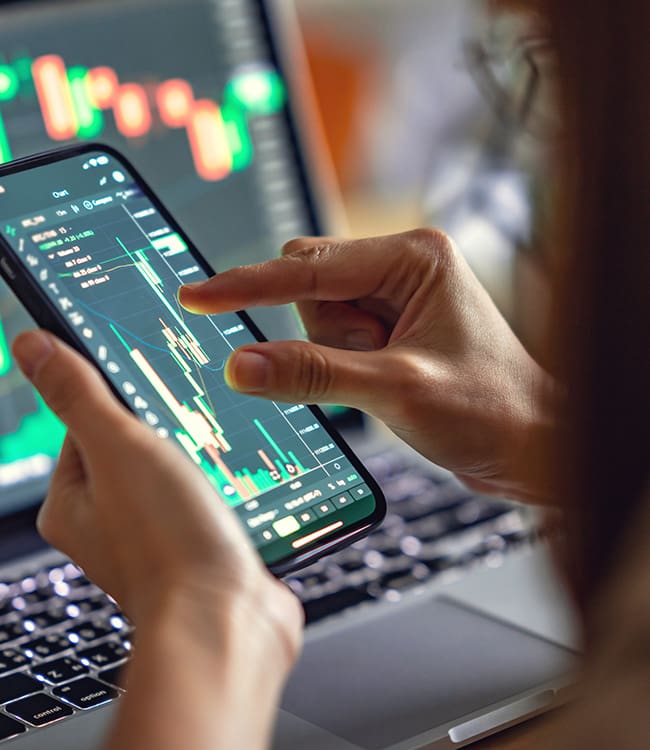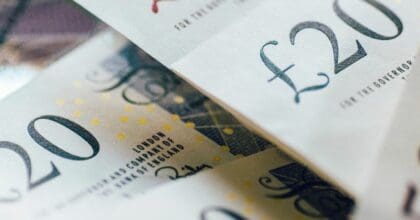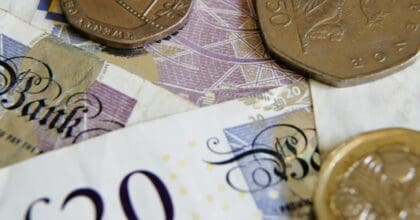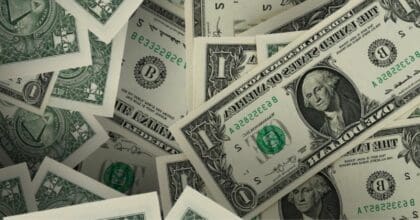Earlier this summer, after walking around Chicago on a hot and humid day, I stopped into a drugstore to buy a bottle of water. At the register, I didn’t have cash – as is usually the case – so I pulled out my credit card to pay. I inserted my card into the chip reader, and then I waited. And waited. In my beyond-parched state, it seemed like an eternity before I could quench my thirst. I finally did, but not before I had overly dramatic visions of shriveling up from dehydration.
In reality, the transaction was probably completed in about 12 seconds, but in a hurried situation, a short amount of time can seem frustratingly longer. To avoid similar annoyances in the future, I’ve since converted to using a mobile wallet.
As the Mintel Trend Seamless Spending explores, mobile wallets and other convenient digital payment methods meet the demand of people everywhere who want to live more convenient, streamlined lives.
37% of US 25-34s say they have used mobile payment apps such as Apple Pay, Samsung Pay or Android Pay
Because mobile payment methods are easier and quicker than using traditional methods like cards or cash, in the coming years we will likely see at least the latter phased out to some extent. In fact, a recent Gallup Poll found that the majority of Americans agree that the US will become a cashless society in their lifetime.
It isn’t just attitudes that reflect this shift, but adoption as well. According to Mintel’s Consumer Payment Preferences and Behaviors US 2016 report, nearly a quarter of US consumers say they have used mobile payment apps such as Apple Pay, Samsung Pay or Android Pay, rising to almost two in five of 25-34s.
In addition to updating payment terminals to be compliant with these technologies, some retailers are taking it to the next level with their own programs, such as Walmart Pay and CVS Pay. In some cases, these approaches combine mobile wallets with loyalty programs, offering shoppers the chance to both pay and earn rewards with one easy tap of their smartphone. Starbucks has been a pioneer in this realm, and the Mobile Order & Pay Now features on the Starbucks app holds more cash than many banks have in deposits.
Elsewhere, companies are taking action to drive enthusiasm behind seamless spending:
- UK supermarket chain Waitrose announced plans to open an entirely cashless store in a bid to improve convenience for customers. The company claims this would be the first instance of a UK supermarket going fully cashless.
- In Austria, convenience store brand Spar is testing a smart payment app, which lets consumers pay for goods on their phone as well as place and pay for orders before picking them up.
- Plans are being put in place to revamp the Paris Metro to accept contactless and smartphone payments, doing away with the iconic paper ticket system used by most today.
Overcoming security concerns is paramount in continued consumer adoption of mobile payments. To that end, biometrics such as smartphones with thumbprint scanners can make sure that only those authorized to make payments can do so. And we’ve seen other recent developments around the globe:
- Ahead of mobile payment adoption, Ghana Bank is getting consumers comfortable with the use of biometrics. The institution launched a biometric fingerprint terminal service specially created for rural consumers who are skeptical of banking. To use the service, users simply swipe their biometric card over one of 6,000 terminals across the country, and payment is only authorized if the fingerprint is a perfect match.
- In an attempt to make shopping and checking into hotels easier and quicker for visitors, Japan launched a new payment system that allows tourists to use their fingerprints as currency. The system enables participants to buy products by placing two fingers on a fingerprint-reading device.
As consumers continue to get comfortable with mobile payments and biometrics, we’re also seeing advancements in the next evolution: wearable payments. In the US, for example, the Apple Watch lets people pay and be on their way with a simple tap of the wrist.
- In the UK, Kerv has developed a contactless payment-enabled ring made of hard-wearing ceramics similar to those used in dentistry. The ring doesn’t need to be charged, needs no PIN entry and is even waterproof. Any retailer that accepts current contactless technology is compatible with the ring.
- Following other banks’ wristband payment tests, at the Olympic Games in Rio de Janeiro, Visa and Brazilian bank Bradesco trialed a pre-paid chip wristband that could be used to buy goods and services inside Olympic venues.
Outside of offering consumers convenience, a major benefit for brands using these methods is the ability to challenge conventional ways and locations of selling products and services. There is substantial opportunity to take brands out into the world and create experiences around them, or just sell them closer to the situations and context where consumers would be looking for them.
- In an outside-the-box example, UK animal charity Blue Cross is collecting donations by dressing dogs in smart payment-enabled jackets. A contactless payment reader in the jackets allows citizens to donate with a quick, simple tap.
At a minimum, retailers must make sure they are equipped to handle digital payments. And as these technologies become the norm, brands in all categories should be thinking of creative ways to leverage them; brands that don’t do so could risk a decline in engagement.
Stacy Glasgow is a Consumer Trends Consultant at Mintel. Stacy joined Mintel in 2013 bringing with her an exciting blend of CPG, agency and marketing experience. Her time is spent traveling the US engaging clients across global CPG, Beauty and Financial Services in meaningful discussions around the consumer trends that will propel their businesses forward.







































